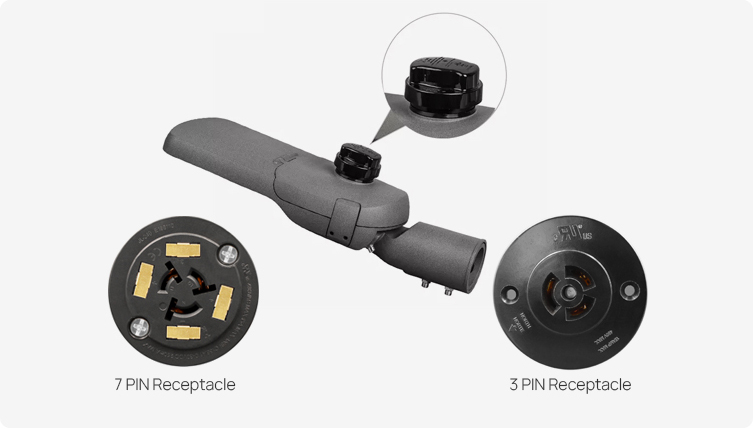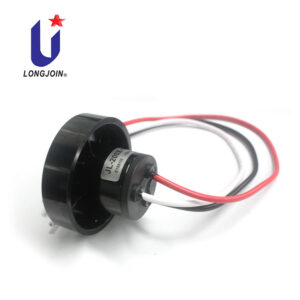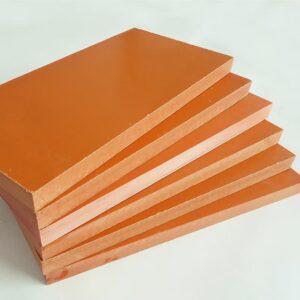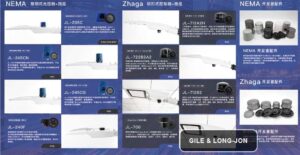Analysis of Photocell Adaptability under Voltage Fluctuations in South American Power Grids
Introduction
The energy scene, in South America is changing quickly. As urban areas expand and infrastructure evolves with the times outdoor lighting systems need to stay up, to date. Power grids in the region face unstable voltage conditions. This instability comes from peak-time overloads, old transformers, and unpredictable weather effects. These irregularities directly affect how well lighting controls work. They also lower the reliability of photocell-based street lighting systems.
This article shows how advanced photocell lighting sensors work. They deal with the continent’s hard electrical environment. We will explore features that improve adaptability. We will highlight market needs in key South American countries. We will share insights to help manufacturers meet demand accurately.
What Are the Key Voltage Challenges in South American Power Grids?
Knowing the environment where photocell street lights work is the first step. It helps us create smart solutions. Power fluctuations are more than just an inconvenience. They block the reliability and efficiency of public lighting infrastructure.
Power systems, in American nations face challenges, in sustaining stable voltage levels consistently. The reasons vary: urban sprawl in Brazil puts stress on old lines, while mountainous terrain in Peru and Chile challenges even new systems. This irregularity means outdoor lighting systems must be designed for durability and voltage resilience.
Country | Voltage Range Fluctuation | Common Causes |
Brazil | ±20% | Overloads, transformer failures |
Argentina | ±15% | Climate variation, aged infrastructure |
Colombia | ±10% | Regional load imbalances |
Peru | ±12% | Expansion pressure, isolated systems |
In these conditions, conventional street lighting components fail easily. This is where light photocell technology with built-in stability mechanisms becomes essential.
How Do Photocells Adapt Technically to These Grid Fluctuations?
So how do we ensure the lights stay on—safely and efficiently—even when voltage fluctuates? That’s where the power of modern photocell control comes in. These aren’t your average sensors—they’re engineered with intelligence.
Today’s photocell sensors are designed to perform reliably even under tough electrical conditions. Whether it’s a spike from a transformer overload or a sudden drop during a regional outage, well-designed sensors can continue working without error or damage.
1. Wide Voltage Range Design
Photocells with voltage tolerance from 90V to 305V cover both high and low ends. This flexibility ensures stable lighting during most real-world fluctuations.
2. Resistance to Electromagnetic Interference
South American cities are often electromagnetically noisy—thanks to buses, factories, and cell towers. Photo switch sensors with EMI protection maintain consistent performance in these environments.
3. Environmental Compensation Technology
In places like Patagonia or the Amazon, lighting conditions can shift fast. Fog, dust, and rainfall can all trick standard sensors. Adaptive compensation systems adjust the sensor’s threshold based on changing conditions, preventing false triggers.
Feature | Benefit |
Wide Voltage Range (90–305V) | Works through power dips and surges |
Ambient Light Compensation | Accurate response in dynamic climates |
EMI Filtering Circuit | Stable function in noisy environments |

How Does the South American Market Differ Country by Country?
No two South American countries are the same when it comes to lighting infrastructure or grid health. So, it’s crucial that photocell switch manufacturers tailor their products and strategies accordingly.
Some countries, like Brazil, are already investing heavily in smart urban infrastructure. Others, like Peru, are catching up through regional expansion. And then there are countries like Argentina, where energy efficiency and affordability take top priority.
Brazil: Urban Lighting Upgrades
With over 80% of the population living in cities, Brazil is investing in controller intelligent lighting for smart traffic and pedestrian zones. Photocells with wireless monitoring and dimming support fit well here.
Argentina: Efficiency Under Pressure
Frequent power issues and a focus on cutting energy bills mean cities need reliable light sensor photocell switches that reduce energy waste.
Both countries are expanding grid coverage into rural or extreme environments like deserts and high-altitude zones. Outdoor light sensor switches must endure wind, dust, and heavy rainfall.
Colombia: Balancing Cost and Modernization
Colombia is pushing to upgrade infrastructure, but cost is a concern. Compact photocell LED street lights with basic smart functions help bridge the gap.
Country | Key Feature Required | Market Trend |
Brazil | Wireless Control, Surge Safety | Smart city expansion |
Argentina | Surge Protection, Low Consumption | Energy-focused municipal procurement |
Chile | Weather-Proof Housing | Remote infrastructure development |
Colombia | Affordable Smart Features | Balanced modernization & efficiency |
What Strategies Help Match Photocell Tech to These Market Needs?
Even the most advanced photo control technology will fail without a market-aligned strategy. In South America, local understanding and modular adaptability matter as much as product quality.
To meet the needs of each country, successful manufacturers don’t just ship standard products—they customize and localize.
For instance, offering modular sockets like the NEMA 7-pin Photocell Receptacle by Long-Join lets municipalities scale features over time—starting with dusk-to-dawn control and adding remote dimming later.

Working with local governments, ESCOs, and contractors helps align specs to real-world grid conditions and performance expectations.
3. Localized Support & Training
Establishing service hubs in regional capitals can make a huge difference in adoption. Real-time support, sensor recalibration, and firmware upgrades build trust and reduce maintenance delays.
Strategy | Value Provided |
Modular Design | Flexible installations and upgrades |
Local Collaboration | Fit-for-purpose deployment |
After-Sales Service | Reduced downtime and stronger client loyalty |
What Role Do Zhaga and NEMA Standards Play in Adaptability?
For cities looking to modernize lighting infrastructure, plug-and-play is the name of the game. That’s why Zhaga and NEMA sockets are essential—they provide consistent interfaces for all types of sensors, especially where power instability is a factor.
Using these global standards, municipal engineers can swap out sensors without overhauling the entire light fixture. That’s a major advantage in regions where maintenance budgets are tight or where infrastructure is aging fast.
Socket Standard | Key Features | Ideal Use Case |
NEMA | 7-pin design, surge protection, remote control | Urban lighting and smart grids |
Zhaga | Compact form factor, easy to retrofit | LED upgrades, suburban installations |
Integrating photoelectric components into these sockets ensures long-term flexibility for any voltage or sensor update needs. Future-ready design is especially important in fast-developing countries like Brazil or Chile.
How Can Photocell Manufacturers Win in the South American Market?
South America is an exciting, growing market for outdoor lighting—but it demands a clear strategy. Manufacturers who want to succeed must do more than export—they must adapt, support, and localize.
From rugged builds to voltage-smart control logic, products need to meet real-world needs. But beyond hardware, the winning formula includes training, local partners, and firmware support.
● Localized R&D: Adapt to regional grid instability.
● Smart Feature Sets: Include options like adaptive dimming and remote diagnostics.
● Reliable After-Sales Support: Build long-term trust with public-sector clients.
Conclusion
Photocell adaptability in South American power grids depends on smart engineering, local understanding, and flexible infrastructure design. With the right mix of voltage tolerance, intelligent control, and market-specific strategies, manufacturers can deliver reliable, future-proof solutions across the continent.
External Links:
● https://en.wikipedia.org/wiki/Energy_service_company
● https://www.modusadvanced.com/resources/blog/what-is-emi-shielding-and-why-is-it-important-for-your-design
● https://en.wikipedia.org/wiki/Photoelectric_sensor
● https://lightingcontrolsassociation.org/






